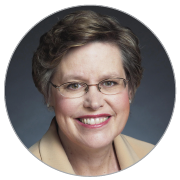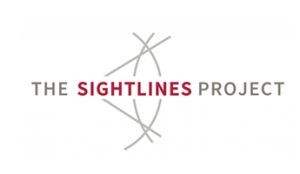THE SIGHTLINES PROJECT
Policy Briefs
Between December 2020 and January 2021, SCL conducted the Sightlines 2021 Survey, which collected data from over 1700 participants in the US to understand whether, and to what extent, their financial security, social engagement, and healthy living behaviors have changed as a result of the COVID-19 pandemic. With over 80 questions, the survey covers a wide range of topics that span from income, debt, work, insurance coverages and retirement planning, to dating, marriage, family, diet, exercise and more. Below, we highlight several policy briefs that used this survey data to answer various research questions related to the pandemic.
CONTRIBUTORS
The Impact of the Covid-19 Pandemic on the Trajectories of Key Life Milestones
By Gopi Shah Goda and Jialu Streeter
The Covid-19 pandemic has disrupted the way we live our lives, including where we work, how we interact with strangers, and how we plan for the future. In this brief, economists Gopi Shah Goda and Jialu Liu Streeter investigate the implications of the pandemic on key life milestones, including dating, getting married, starting a family, homeownership, and retirement, drawing evidence from a nationally representative survey, conducted by the Stanford Center on Longevity at the end of 2020.
From Bad to Worse: The Impact of Work-From-Home on Sedentary Behaviors and Exercising
By Jialu Streeter, Megan Roche and Anne Friedlander
Work-from-home has gained popularity among both workers and employers during the COVID19 pandemic. Many expect that companies will likelyallow workers to continue working remotely, either partially or entirely, after the end of the pandemic. However, work-from-home is not perfect. Among others, there is concern that remote work will exacerbate the trend towards increased sedentary behavior. In this paper, we analyze data from a nationally representative survey, the Sightlines 2021 Survey, to learn about the impact of remote work on inactivity, specifically increased sitting and decreased exercising. We also discuss practical solutions for mitigating the adverse health impacts of remote work.
Financial Fragility of Non-Standard Workers
By Jialu Streeter and Kathleen Christensen
Non-standard employment describes a wide range of jobs, including part-time, on-call, or temporary employment, and self-employment, including independent contracting and platform-mediated(i.e., Gig jobs). Non-standard work accounts for over 40 percent of the total workforce in the US in 2010. The development of platforms, such as UBER and Door dash, has brought more convenience and flexibility to people to take on non-standard work. In this report, we usea nationally representative survey, the Sightlines 2021 Survey,conducted by the Stanford Center on Longevity to document some of the economic vulnerabilities facing non-standard workers and point to possible policies that could rectify some of those insecurities.
ABOUT THE CONTRIBUTORS
- Kathleen Christensen, PhD, is Consulting Research Scholar at the Stanford Center on Longevity and previously was director of the Alfred P. Sloan Foundation’s Working Longer program.
- Anne Friedlander, PhD, is an Adjunct Professor in the Stanford Program of Human Biology with expertise in the area of exercise physiology, metabolism and health.
- Gopi Shah Goda, PhD, is the Deputy Director and Senior Fellow at the Stanford Institute for Economic Policy Research.
- Megan Roche, MD, is a current PhD candidate in Epidemiology, a New Map of Life Fellow at the Center on Longevity, and a mountain/ultra/trail runner and coach.
- Jialu Liu Streeter, PhD, is a Research Scientist and Economist at the Stanford Center on Longevity.
For questions and comments, please contact Jialu Streeter at [email protected].









